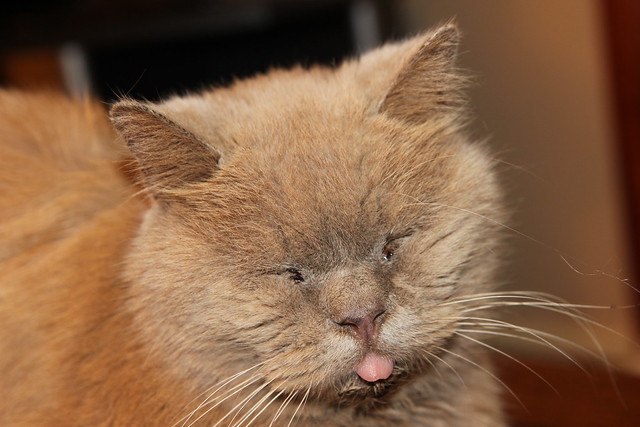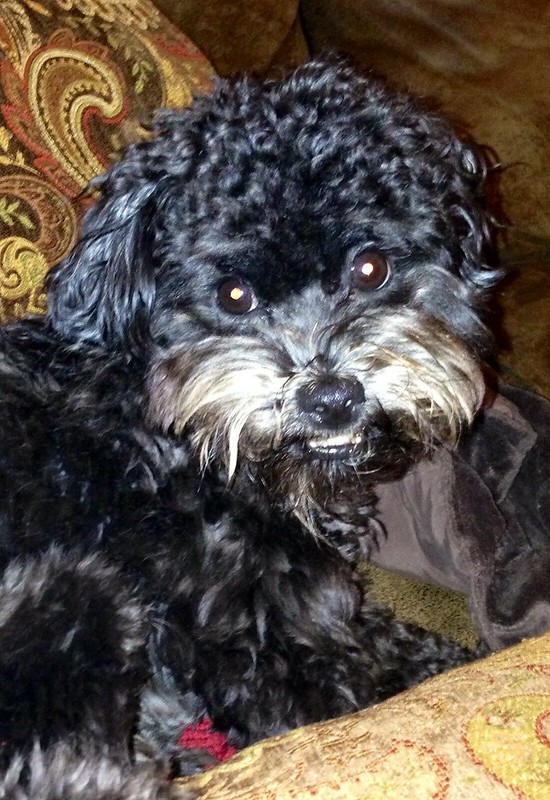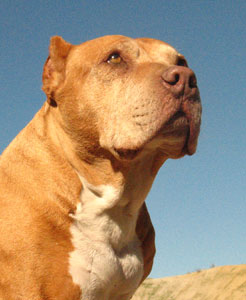It may be hard for a pet owner to notice a pet cat getting older. Outside, pet cats may show the same things- playing with toys around the home, taking naps sprawled on a favorite spot inside the home, snuggle up with you on the sofa. But inside, it might be a whole different thing. And health care for cats as they get old may change a little bit.
When caring your an aging cat, there are some things that a concerned pet owner should know about. When a cat approaches somewhere between the ages of eight or twelve years, this is the equivalent of a human being approaching middle age. This will be the time that your pet cat may be needing a bit of extra attention.
 |
| Photo by Radarsmum67 |
Most veterinarian generally estimate that cats start their geriatric years when they reach twelve years. This will be the time that caring for your pet cat would have to change to accommodate the needs that aging brings.
A major part of caring for older pet cats involve feeding them. As cats get older, their digestive systems do not function as efficiently as before. Aging cats may need to eat smaller and easily digestible meals in a day rather than just two square meals. Try also to make sure that you give your cat a variety of food to eat to ensure that it gets a well balanced diet.
There are also a number of cat food now available as food for the different life stages of your pet cat. There is cat food that is specially formulated for older cats as well as for the less active ones. The best advice in feeding your aging pet cat would be to ask your vet about the nutritional needs of your cat.
When cats age, they also start to lead a less active lifestyle. Whereas cats enjoy playing around and hunting during their younger years, older cats seem to prefer spending more time quietly around the home. This would be a benefit for some pet owners since they no longer have to worry about their once playful cat overturning and breaking things around the house. But this sedentary lifestyle would not be good for the cat.
Even though your pet cat would you may still need to keep them active since the exercise would help keep them healthy. Try to have them active as often as possible to keep them active. As they age, cats may also need to have their vaccinations up to date. Older cats have a less efficient immune system and may need vaccinations to keep them protected from diseases.
Dental problems may also become a concern for old cats when they become prone to having loose teeth, tartar buildup, and sore gums. This can have a big effect on your pet cat's well-being. Dental problems may be the reason why they are not eating well. A regular dental check up might be needed as part of health care for old cats.
















